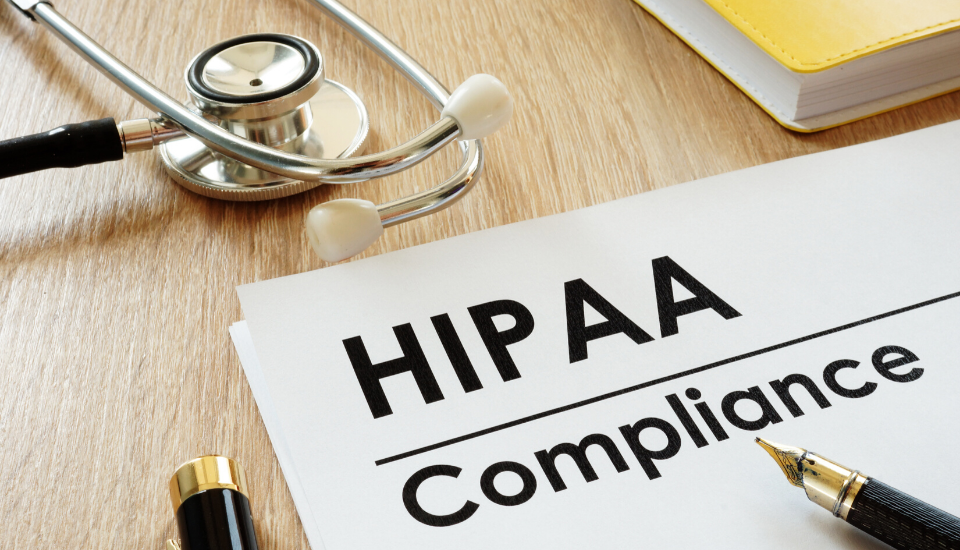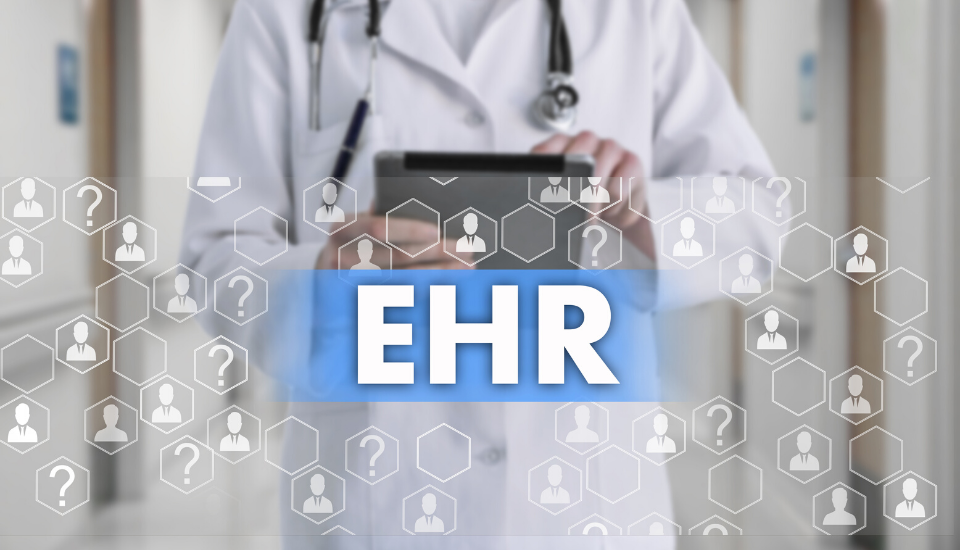
Technology has become a vital tool for healthcare. Clinicians and healthcare professionals use it every day to improve patient care and streamline processes. A critical aspect of healthcare technology is a health information system (HIS).
Healthcare Information System Examples
A HIS is any system that manages healthcare data. That’s a very broad definition, and there are many types of systems. Some of those include:
- Electronic Health Record (EHR) or Electronic Medical Record (EMR): These two terms are almost interchangeable. These platforms collect, store, and share data related to a patient’s health history. Data within an EHR or EMR is protected health information (PHI) and must be secure.
- Practice Management Software: This type of system manages the daily operations of a practice, such as scheduling and billing. It can help automate many administrative tasks.
- Master Patient Index (MPI): This type of platform connects separate patient records across multiple databases. Much of the time, MPIs are employed to reduce duplications and inaccuracies.
- Pharmacy Management System: This software includes all data related to a patient’s prescriptions and is found in a number of pharmacy settings, including retail, hospital, and long-term care.
- Patient Portals: These systems allow patients to access their health data, including medications and lab results. They can also use it to communicate with physicians and track appointments.
- Clinical Decision Support (CDS): This type of platform analyzes data from clinical and administrative systems. The analysis can then enable clinicians to make the best clinical decisions.
The Advantages of Using a HIS
Health information systems focus on efficiency and optimal data management. By using them, you can reap these benefits:
- Data analytics: The amount of healthcare data created increases daily. Without a robust system, the data has little value. With the aid of technology, you can gather, aggregate, and analyze data. This analysis can improve individual patient care, provide insight on how to manage population health, and reduce costs.
- Collaborative care: The healthcare ecosystem includes many types of providers—hospitals, specialists, pharmacy, and more. To ensure continuity of care, being able to quickly and securely transfer data is necessary.
- Cost control: Removing paper from the process and going digital can reduce costs for an organization. Technology also allows for quicker exchanges, reducing inefficiencies.
What to Consider When Choosing a HIS

The foremost concern you should have when selecting any software is security and privacy. Healthcare is a huge target for cybercriminals, so you need to ensure that any program you use has the highest security protocols. Any concerns with the security of the data could also compromise HIPAA compliance.
Beyond security, functionality and features are critical to your decision. Consider what your expectations are for the software as well as if it is interoperable with other existing systems. Compare the leading systems in the category to ensure that your needs are met.
What If You Want to Change Your HIS?
There are many reasons that hospitals, health systems, physician practices, and pharmacies will choose to move to a new platform. Their current software may be sunsetting or changing so that it no longer meets your needs. Cost is also another factor that can make you want to switch.
No matter what the reason may be to change your HIS, you can take your data with you. With data conversions, data can be pulled from your current system and then loaded to your new system. This gives you the freedom to migrate to a new system without the worries of what happens to your data.
Thinking of changing one of your information systems? Chat with our experts about how we seamlessly and securely convert data. With over two decades of experience and over 27,000 complete conversions, we make data accessible and portable.



